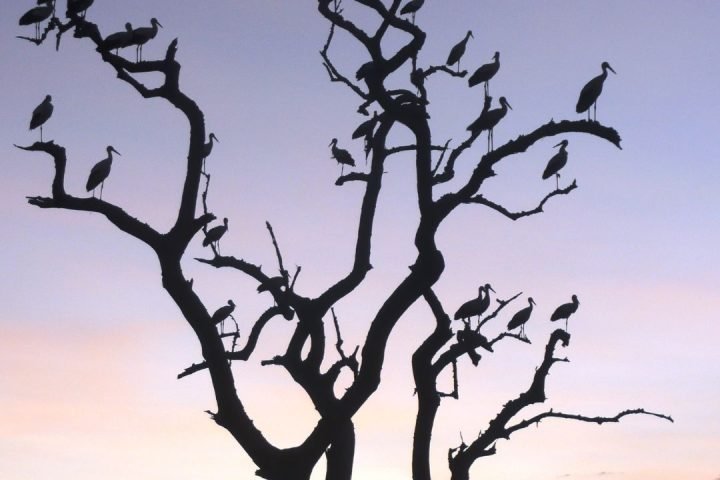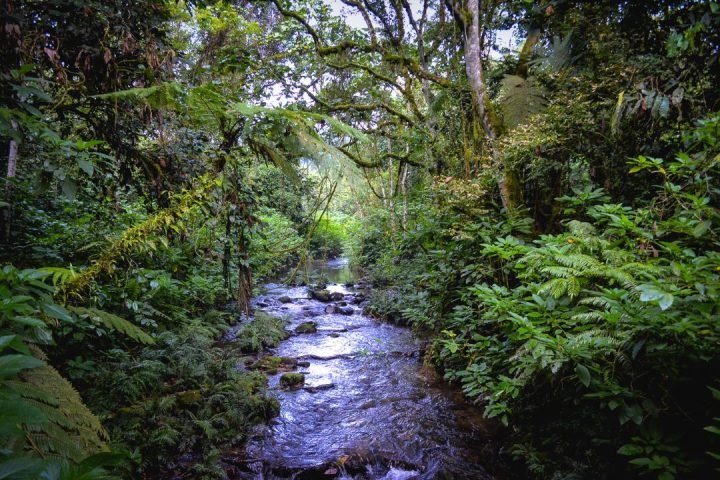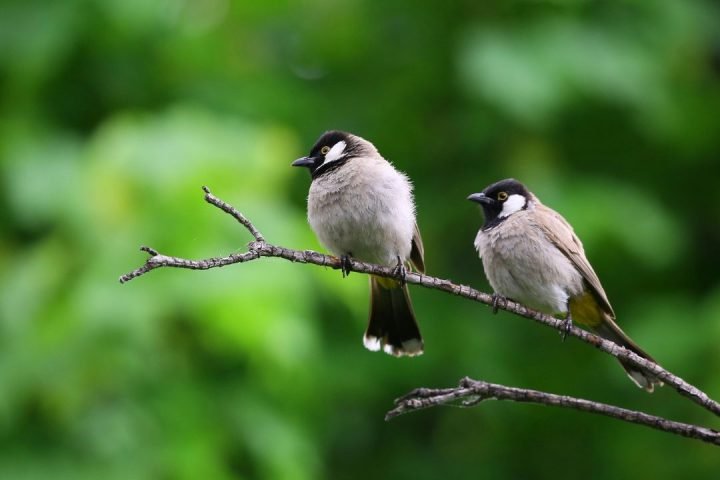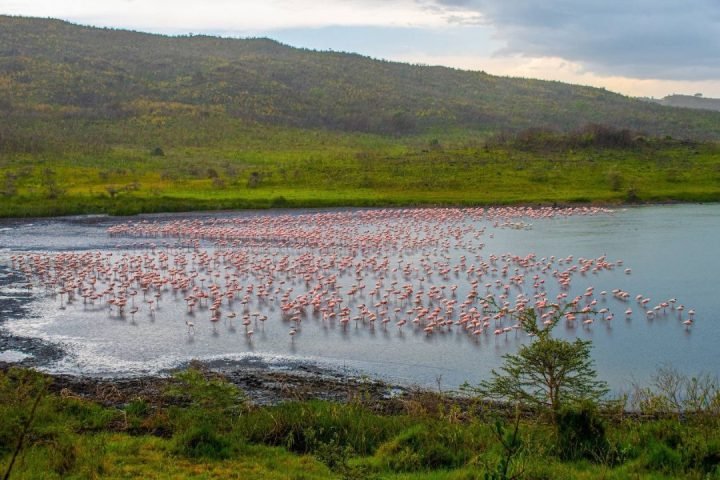Welcome to Arusha National Park, a true gem of northern Tanzania and one of East Africa’s most diverse wildlife sanctuaries. Nestled at the base of majestic Mount Meru, this park showcases a stunning mix of lush forests, volcanic craters, shimmering lakes, and sweeping grasslands. Join Leen Adventures for an unforgettable day of discovery, where breathtaking landscapes meet abundant wildlife — all just a short drive from Arusha or Moshi.
Covering an area of about 552 square kilometers in northern Tanzania, Arusha National Park is one of the country’s most diverse and rewarding safari destinations. Located just a short drive from Arusha town, the park lies between the majestic Mount Meru and the towering Mount Kilimanjaro, offering spectacular scenery and an incredible variety of ecosystems within a compact area. From lush montane forests and sparkling crater lakes to open savannahs and alpine moorlands, Arusha National Park is a natural paradise that showcases Tanzania’s beauty in miniature form.
The park’s three main features — Mount Meru, the Momella Lakes, and the Ngurdoto Crater — create a breathtaking landscape teeming with life. Visitors can spot giraffes, zebras, buffaloes, warthogs, and colobus monkeys among the park’s diverse habitats. While large predators are rare, leopards and hyenas are occasionally seen. The Momella Lakes attract flocks of flamingos, pelicans, and a rich variety of waterbirds, making the park a haven for bird enthusiasts with over 400 recorded species.
Located just 45 minutes from Arusha town, Arusha National Park is ideal for short safaris, day trips, and pre/post-Kilimanjaro adventures. It’s a compact park with incredible scenic variety, offering a taste of Tanzania’s wildlife without long drives.
Geographic Size
552 km²
Mammal Species
60+
Best Time to Visit
All year round (dry season: June–October for best views)
Most Famous For
Mount Meru, walking safaris, flamingos, and colobus monkeys
Montane Forests:
Covering the slopes of Mount Meru, these lush green forests are home to black-and-white colobus monkeys, blue monkeys, and numerous bird species. Misty trails and waterfalls make it one of the most peaceful hiking areas in Tanzania.
Ngurdoto Crater:
Often called the “Little Ngorongoro,” this volcanic crater features steep walls and a swampy floor teeming with buffaloes, warthogs, and waterbucks. The crater’s viewpoints offer spectacular panoramic views.




Momella Lakes:
A chain of shallow alkaline lakes, each with its own unique hue ranging from turquoise to jade. They attract flamingos, herons, and other waterbirds. Canoe safaris here provide a rare opportunity to see wildlife from the water.
Savannah Grasslands:
Located between Mount Meru’s forests and the crater, these open plains support herds of giraffes, zebras, and warthogs. Leopards and hyenas are occasionally sighted, and the plains are dotted with fig and acacia trees.
Mount Meru Slopes and Alpine Zones:
Rising to 4,566 meters, Mount Meru dominates the park’s skyline. Its upper slopes feature montane meadows, moorlands, and alpine zones with stunning views toward Mount Kilimanjaro — making it a perfect climb for adventure seekers.
Wildlife and Birds of Serengeti
Though smaller than other northern parks, Arusha National Park boasts remarkable biodiversity. You can encounter giraffes, buffaloes, zebras, warthogs, waterbucks, bushbucks, baboons, and colobus monkeys in a single game drive. The park’s forests also hide elusive leopards and serval cats. What makes Arusha unique is the opportunity to explore on foot — walking safaris with an armed ranger bring you closer to nature and allow you to appreciate the park’s beauty from a different perspective.






With over 400 bird species, Arusha National Park is a paradise for birdwatchers. The Momella Lakes are home to flamingos, Egyptian geese, herons, kingfishers, and cormorants, while the forests host turacos, hornbills, and barbets. Migratory birds visit between November and April, adding even more diversity. Whether by vehicle, canoe, or on foot, birdwatching in Arusha is an unforgettable experience.
Arusha National Park enjoys a temperate climate due to its altitude.
Dry Season (June–October): Clear skies, excellent for walking and game viewing.
Wet Season (November–May): Lush greenery, fewer tourists, and abundant birdlife.
Temperatures range from 13°C to 25°C, with cooler mornings and evenings. The park’s high altitude means it remains pleasantly cool year-round — perfect for outdoor exploration.
Arusha National Park FAQs
More Facts